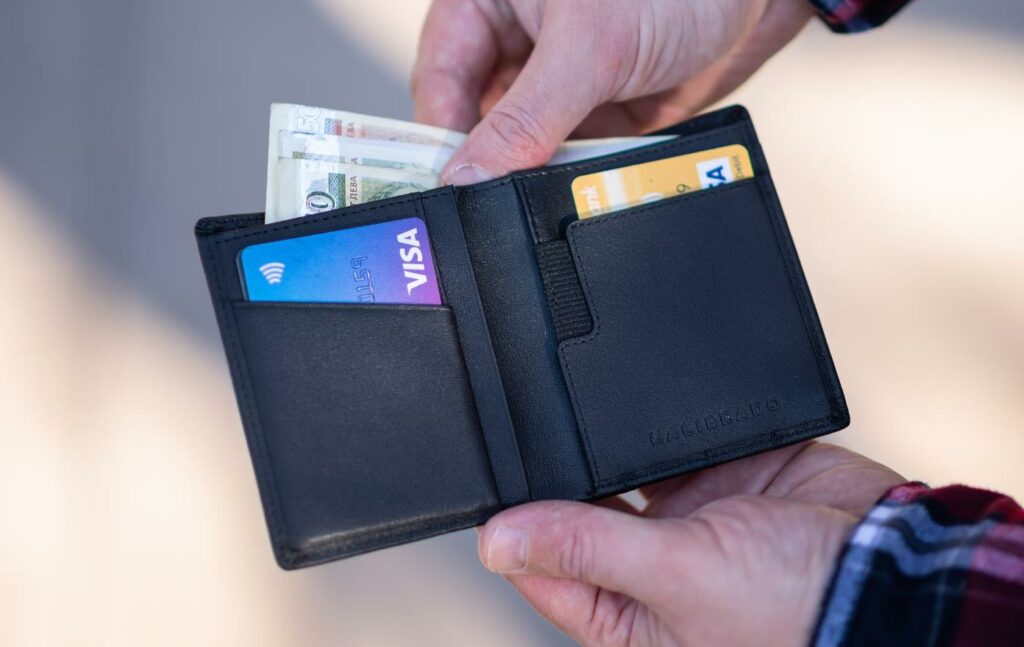Visa, the global payments giant, is setting its sights on a future that encompasses more than just traditional currencies and banking systems. Cuy Sheffield, the head of Visa’s blockchain department, recently revealed that the company is planning to expand its payment network to include multiple blockchain networks, stablecoins, and Central Bank Digital Currencies (CBDCs).
Sheffield emphasized the company’s recent efforts to offer a modern choice for sending or receiving funds by leveraging stablecoins like USDC and blockchain networks like Solana SOL 6.32%. Visa has already expanded its stablecoin settlement capabilities to the Solana blockchain, launching a new cross-border money system using Circle’s USDC. This move is seen as a significant step in modernizing the company’s payment infrastructure and offering more diverse options to its global customer base.
Blockchain technology is not new to the financial world, but its application in mainstream payment systems is still in the early stages. Sheffield compared the current state of blockchain technology to the “broadband moment” of the internet, a point where the technology finds its footing and begins to advance rapidly. He noted that despite the skepticism and criticisms that often surround emerging technologies, blockchain has shown its potential in various use-cases, particularly in improving settlement efficiency and cross-border transaction convenience.
Visa processes nearly four out of every ten transactions globally on a daily basis. The company’s network handles multiple currencies and has a vast array of bank settlement rails. According to recent data, the global payment volume for Visa was approximately $11 trillion in 2022, with a 9% year-over-year growth. The company’s foray into blockchain networks and stablecoins is expected to tap into a market that is currently valued at around $2 trillion, offering significant growth potential.
Central Bank Digital Currencies are digital versions of a country’s national currency and are backed by the central bank. Sheffield stated that Visa envisions a future where its networks include not just stablecoins but also government-run CBDCs. Several countries are in various stages of CBDC development, and Visa’s involvement could serve as a bridge between traditional and digital currencies.
Sheffield elaborated on the concept of Visa as a “network of networks,” involving more than just multiple currencies and bank settlement rails. He stated that the company sees its role as a bridge to meet its clients where they are, regardless of their preferred currency, settlement network, or form factor. This approach aligns with Visa’s long-standing position at the forefront of payment technology innovation.
Stablecoins like USDC have gained significant traction as a medium for transactions, particularly for cross-border payments. These digital assets are pegged to stable assets like the U.S. dollar and offer the benefits of instant transactions and low fees. Visa’s integration of stablecoins into its payment network is expected to enhance the efficiency and reduce the cost of transactions, thereby providing a competitive edge.
While Visa’s expansion into blockchain and stablecoins is a progressive move, it is not without challenges. Regulatory scrutiny around digital assets has been increasing, with governments worldwide taking steps to establish a legal framework for their use. Visa will need to navigate this complex landscape carefully to ensure compliance with various jurisdictions.
The financial markets have shown a positive response to Visa’s announcement, with the company’s stock price experiencing a 3% increase within 24 hours of the news release. Analysts predict that Visa’s expansion into blockchain and stablecoins could potentially open up new revenue streams and strengthen its position in the rapidly evolving digital payments landscape.






